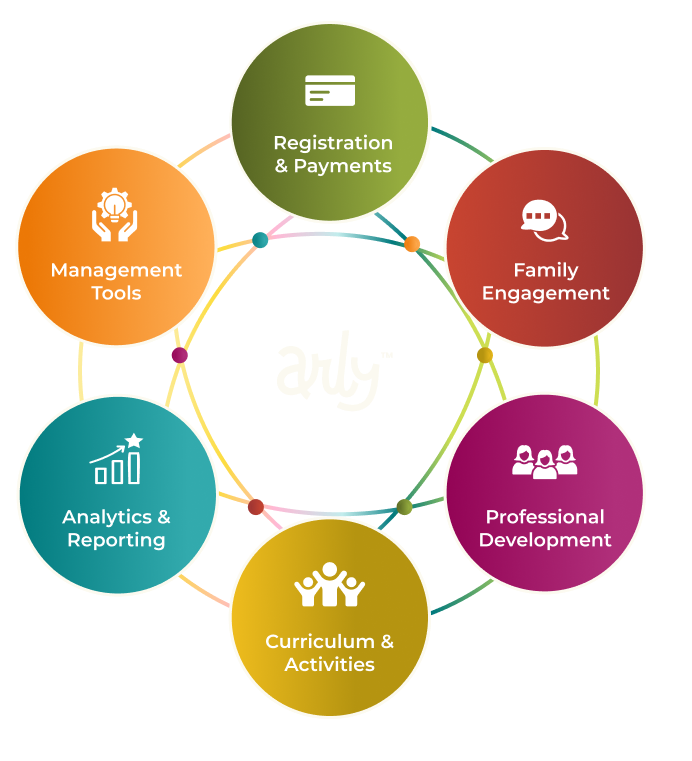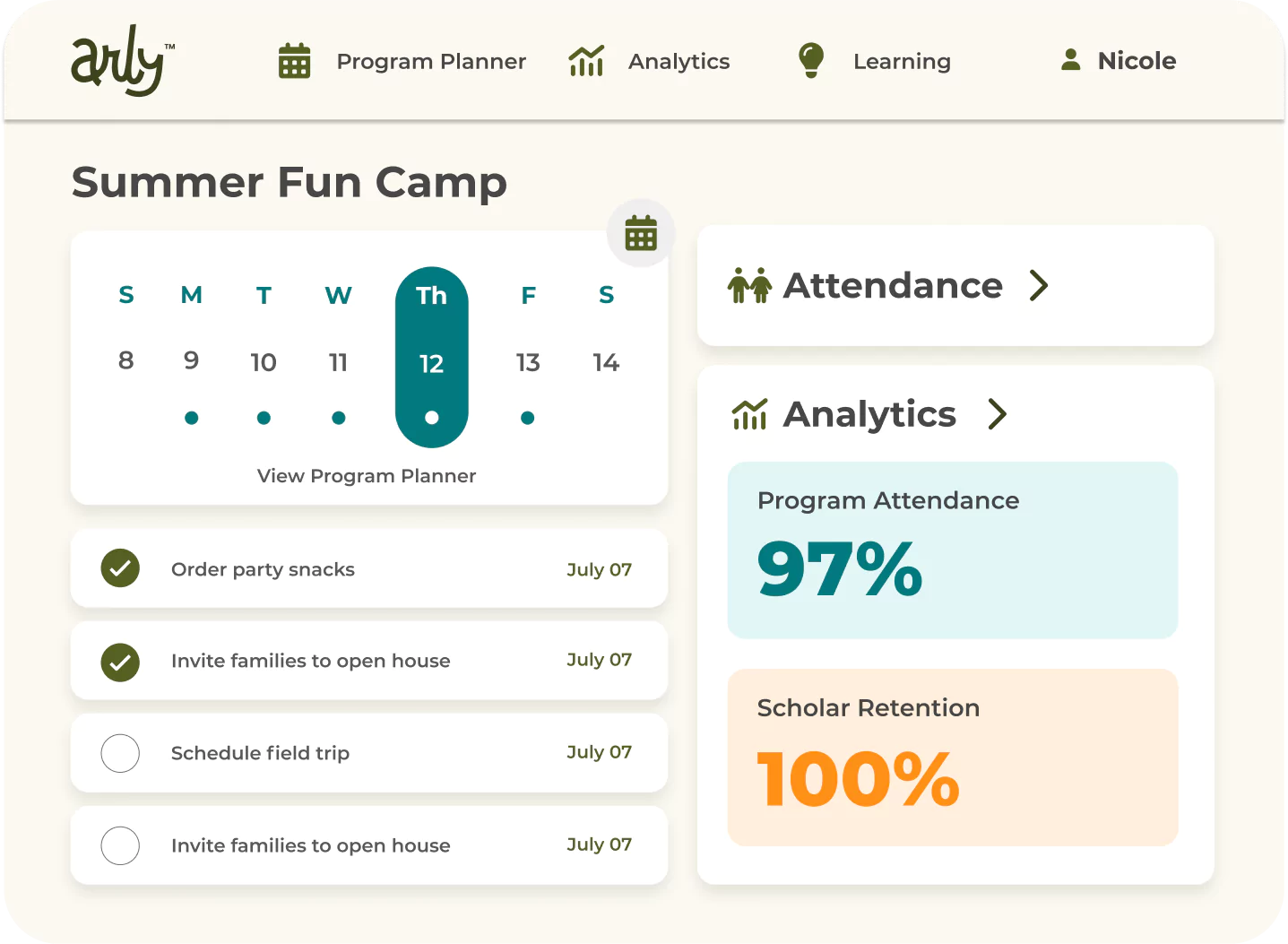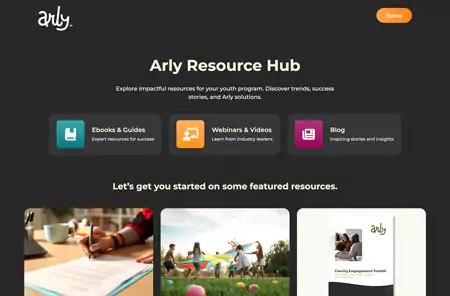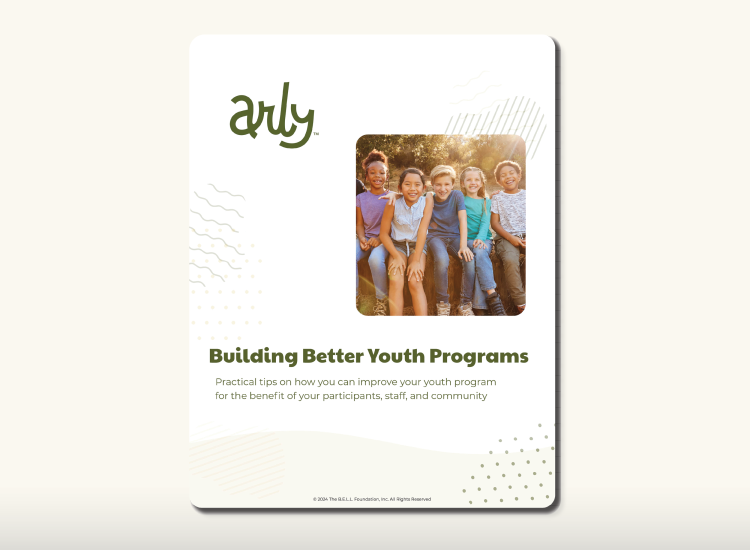When the academic year winds down, most campus spaces go quiet—classrooms sit empty, dorms go unused, and fields fall silent. But what if those same spaces could continue to create value, community engagement, and even significant revenue, all year round? The answer lies in youth programming.
From summer camps to weekend enrichment programs, campuses have the perfect infrastructure to support a variety of youth-focused activities. Whether you're a university administrator, athletic director, or facilities manager, leveraging your campus for youth programming can be a game-changer.
1. Maximize Existing Infrastructure
Your campus is already equipped with diverse facilities—classrooms, dorms, cafeterias, gyms, and open spaces—that are ideal for hosting youth programs. Instead of letting them sit idle during summer or off-peak periods, renting them out or running your own programs can create an additional stream of income with minimal upfront investment.
- Dormitories? Perfect for overnight camps
- Lecture halls? Great for academic or arts-focused programs
- Athletic fields and courts? Ideal for sports camps and tournaments
2. Serve Your Community
Youth programming doesn’t just make financial sense—it builds community goodwill. Offering academic boot camps, STEM workshops, coding classes, arts intensives, or athletic training on campus gives local families affordable, high-quality enrichment options and builds long-term brand loyalty with future students.
3. Attract Future Enrollments
Hosting kids and teens on your campus is a powerful recruitment tool. When young people have positive, fun experiences in your environment, they start picturing themselves there in the future—as students. These programs give families a chance to see your campus culture up close and interact with your staff, facilities, and values.
4. Partner with Local Organizations
Not ready to launch your own programming? Partner with established youth organizations—such as sports leagues, educational nonprofits, or camp providers—that need space. These groups often have the staff, marketing, and logistics ready to go; they just need a location like yours to thrive.
5. Types of Programs to Consider
- STEM or coding boot camps
- Arts and music camps
- Youth leadership or college prep seminars
- Sports clinics and tournaments
- Weekend enrichment programs during the school year
- Winter break or holiday camps
6. What You’ll Need to Succeed
- A recreation activity management software: Coordinate programs, manage registration, and more
- Staffing: Tap into your student body or local educators for seasonal jobs
- Marketing: Promote your programs through school newsletters, local community boards, and online
- Safety protocols: Ensure all youth programs meet proper licensing, insurance, and child safety standards
7. Success Stories
Many campuses across the country are already embracing this model. For example, some universities generate hundreds of thousands in off-season income by hosting athletic camps, while community colleges increase visibility and enrollment through academic programs for middle and high schoolers.
Ready to Get Started?
Your campus has untapped potential beyond the school year. Youth programming allows you to serve your community, build your brand, and create sustainable revenue streams using what you already have. Whether you start small or go big, turning your space into a year-round hub of activity is a smart move that pays off in more ways than one.
Whether you’re looking to manage your campus rec activities, run camps, classes, or after-school programs, Arly simplifies it all — from scheduling and registration to rosters and communication.
Ready to unlock the full potential of your space? Request a demo today and let Arly help you turn great programming into lasting impact (and income).






%20(77).png)

%20(1320%20x%20980%20px)%20(660%20x%20490%20px)%20(600%20x%20350%20px)%20(2).png)
%20(75).png)
%20(8).png)